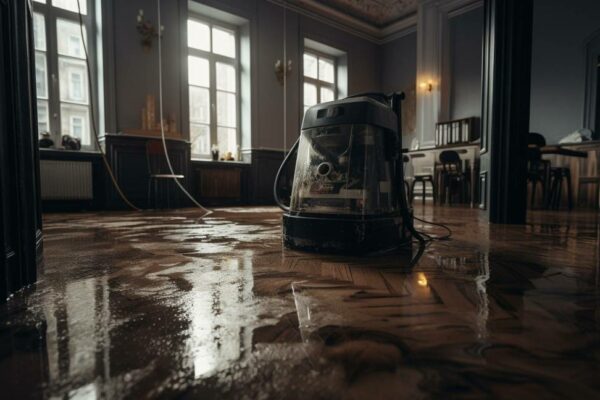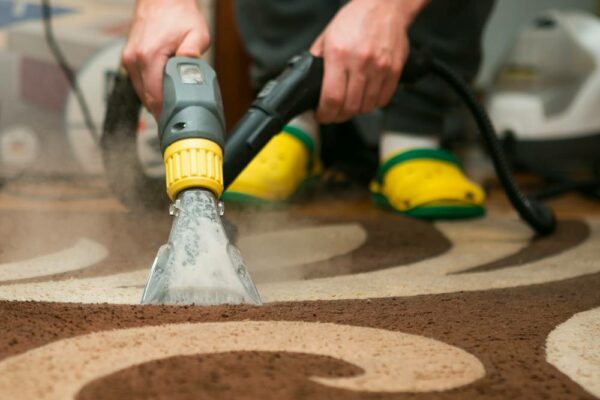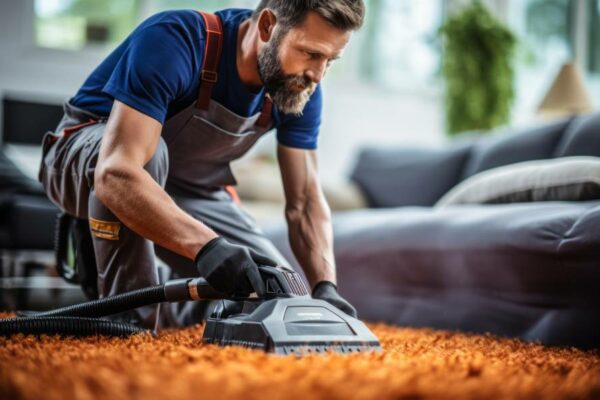From gutting to drying: The slog ahead for residents as floods recede
October 25, 2022
The problems will be far from over for residents in flood-afflicted Victorian towns when waters recede from their inundated homes.
From contaminated couches and sodden skirting boards to ruined wiring and damp so deep that special dehumidifying machines are required, cleaning up a flooded house is a time-consuming and expensive business.
The State Control Centre has warned that mud and debris in houses could be contaminated with sewage or other dangerous substances, while Walter Romanic, owner of flood restoration company Flood Response, said most affected houses would need to be stripped-out to remove contaminants such as pesticides carried in the floodwater.
This black water was “almost considered fecal water because it’s deadly”, he said.
Romanic said people should call their insurer, which would then contact a restorer. Residents with severe damage would need to find temporary accommodation until the works were done.
An electrician would ensure power systems are safe, then staff might remove soft, porous materials such as carpets, floor coverings, floor linings, skirting boards and insulation.
View full article here.
Other news

How To Extract Water from Carpet
December 22, 2023
Water getting into your home can happen in different ways – floods, spills, or leaks are the usual suspects. Floods can soak carpets in water really quickly; spills are mostly accidental and con...
Read the article
How Long Does It Take to Repair After a Flood?
November 21, 2023
Floods are one of the most devastating natural disasters that can affect a community. They can cause significant damage to homes, businesses, and infrastructure, leaving people displaced and strugglin...
Read the article
How Long Would a Carpet Take to Dry?
October 19, 2023
When it comes to cleaning carpets, one of the most common questions that people have is how long it would take for the carpet to dry. After all, a wet carpet can be a major inconvenience and can also ...
Read the article